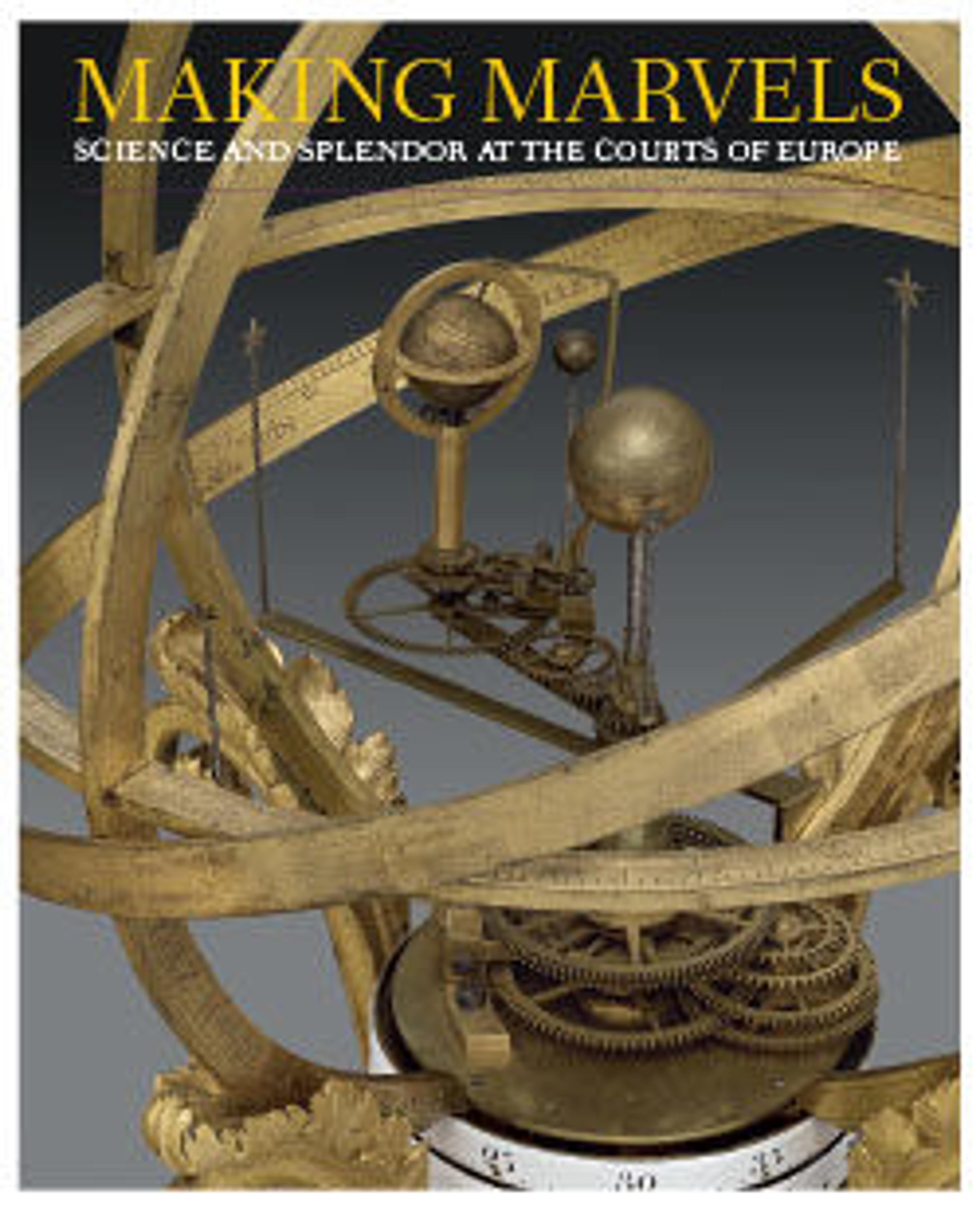Cuirass and Tassets (Torso and Hip Defense)
The decoration of this armor is an outstanding example of German figural etching, inspired by contemporary print sources, as it was used to embellish armor. The etching has been attributed to Daniel Hopfer, a noted printmaker and armor etcher. Hopfer may have pioneered the technique of making prints from an etched metal plate, which revolutionized printmaking in the sixteenth century.
The figures on the breastplate depict major Christian saints and include the Virgin and Child flanked by Saint George and Saint Christopher. On the backplate, Saint Anne with the Virgin and Child is flanked by Saint James the Great and Saint Sebastian. The figure of Saint Sebastian pierced by arrows is copied from a woodcut made about 1507 by Hans Baldung Grien (1484 or 1485–1544).
The figures on the breastplate depict major Christian saints and include the Virgin and Child flanked by Saint George and Saint Christopher. On the backplate, Saint Anne with the Virgin and Child is flanked by Saint James the Great and Saint Sebastian. The figure of Saint Sebastian pierced by arrows is copied from a woodcut made about 1507 by Hans Baldung Grien (1484 or 1485–1544).
Artwork Details
- Title: Cuirass and Tassets (Torso and Hip Defense)
- Armorer: Attributed to Kolman Helmschmid (German, Augsburg 1471–1532)
- Decorator: Etching attributed to Daniel Hopfer (German, Kaufbeuren 1471–1536 Augsburg)
- Date: ca. 1510–20
- Geography: Augsburg
- Culture: German, Augsburg
- Medium: Steel, leather
- Dimensions: H. 41 1/2 in. (105.4 cm); Wt. 19 lb. 8 oz. (8845 g)
- Classification: Armor
- Credit Line: Gift of Marshall Field, 1938
- Object Number: 38.143b–d
- Curatorial Department: Arms and Armor
More Artwork
Research Resources
The Met provides unparalleled resources for research and welcomes an international community of students and scholars. The Met's Open Access API is where creators and researchers can connect to the The Met collection. Open Access data and public domain images are available for unrestricted commercial and noncommercial use without permission or fee.
To request images under copyright and other restrictions, please use this Image Request form.
Feedback
We continue to research and examine historical and cultural context for objects in The Met collection. If you have comments or questions about this object record, please contact us using the form below. The Museum looks forward to receiving your comments.
